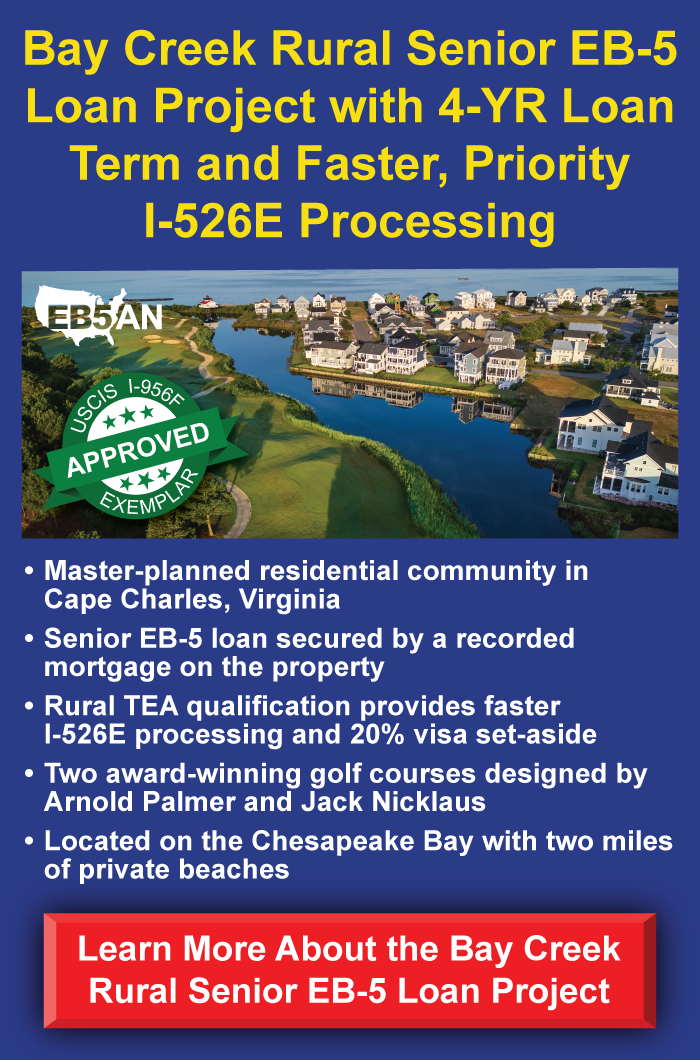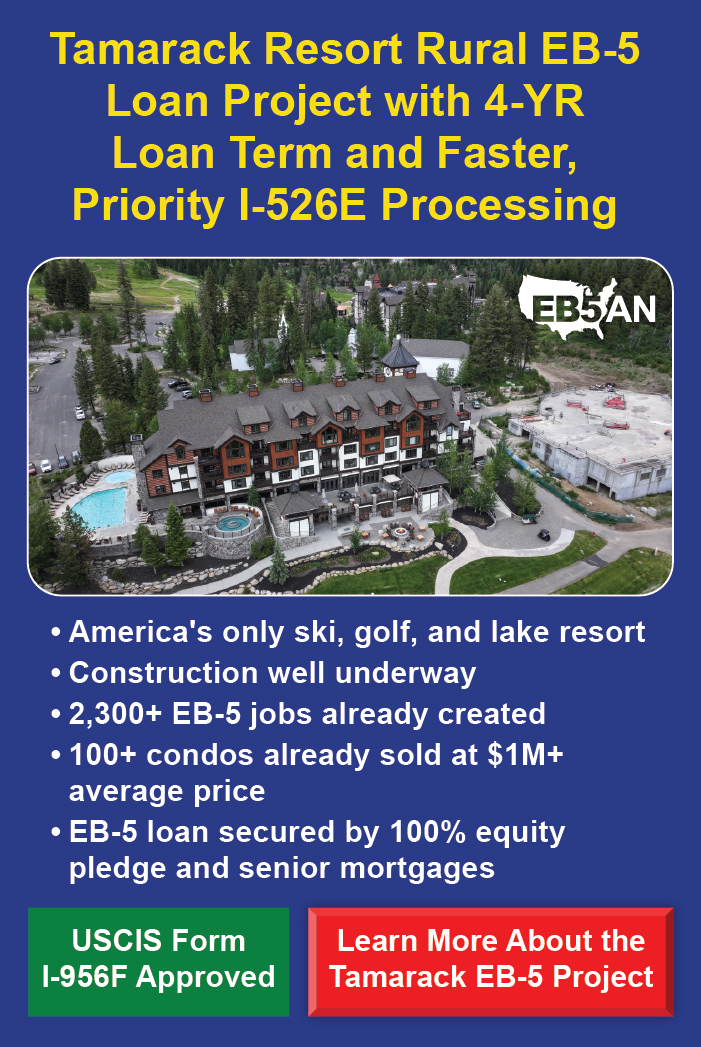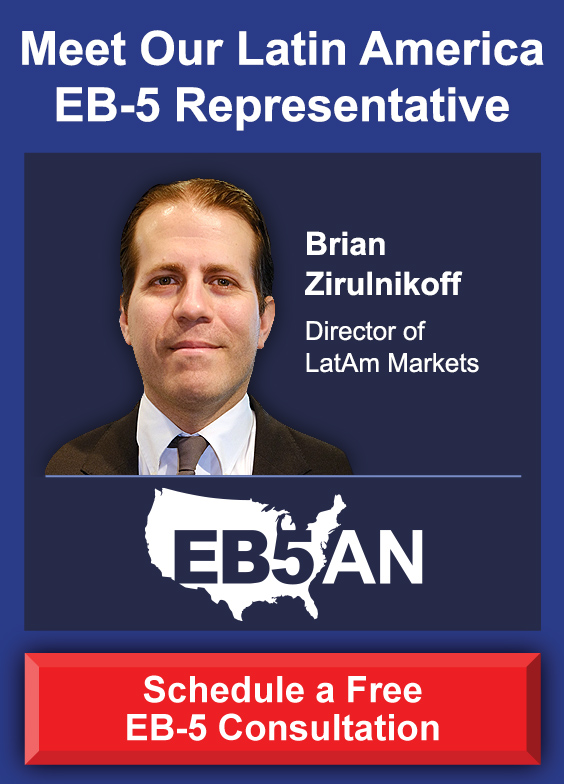
The EB-5 Immigrant Investor Program is one of the most sought-after immigration routes for foreign nationals looking to obtain lawful permanent resident status in the United States.
After a period of waiting, receiving your EB-5 Green Card can feel like a major milestone. However, this is only the beginning of your journey to becoming a permanent resident.
So, what exactly happens after you receive your EB-5 Green Card? In this article, we will outline the essential steps and things to know once you obtain permanent residency status through the EB-5 program.
The Transition to Conditional Permanent Residency
What Is the Conditional Status?
The Process to Remove Conditions
What Happens if Your Petition Is Denied?
Rights as an EB-5 Green Card Holder
Path to U.S. Citizenship
Family Members and the EB-5 Process
Start Your Green Card Process With EB5AN
The Transition to Conditional Permanent Residency

Upon receiving your EB-5 Green Card, you are granted what is called “conditional permanent residency.” During this time, you and your family members (spouse and unmarried children under 21) can live, work, and study in the U.S. without restrictions, but you must meet certain obligations for your status to transition to unconditional permanent residency.
The Process to Remove Conditional Permanent Residence
When you first receive your EB-5 Green Card, it is valid for only two years. This conditional residency period is tied to your EB-5 investment.
The U.S. government requires an EB-5 immigrant investor to demonstrate that their investment has created or is in the process of creating the required number of jobs.
This is typically 10 full-time U.S. workers per investor. The conditional status ensures that your investment is genuine and that you are actively contributing to the U.S. economy through job creation.
During these two years, you are expected to live in the U.S. for the majority of the time, engage in lawful employment if applicable, and follow U.S. laws. At the end of this period, you must apply to remove the conditions on your Green Card.
If you have met all the requirements, your conditional resident status will be converted to permanent, unconditional residency.
The Process to Remove Conditions

Approximately 90 days before your conditional permanent residency expires, you must file a petition to remove the conditions from your Green Card. This is done by submitting Form I-829, the “Petition by Investor to Remove Conditions on Permanent Resident Status.”
The United States Citizenship and Immigration Services (USCIS) will review the petition to determine if your EB-5 investment has fulfilled the requirements.
Make sure you submit Form I-829 before the expiration date on your conditional Green Card. Failure to do so could lead to a loss of your legal status in the U.S.
You will need to provide evidence showing that a new commercial enterprise was established, the requisite capital was invested and remained “at risk” for at least two years, and your investment has created at least 10 jobs. This could include financial records, tax documents, payroll records, and proof of the business’s operational status.
If USCIS approves your petition, you will be granted permanent residence status, and you will receive a 10-year Green Card, which can be renewed indefinitely as long as you continue to meet residency requirements.
What Happens if Your Petition Is Denied?
In some cases, USCIS may deny your I-829 petition. This could happen if there is insufficient evidence that the required jobs were created, or if there are concerns about your investment. If your petition is denied, you may eventually lose your permanent resident status, and be required to leave the United States.
However, if you are facing a denial, it is essential to work with an experienced immigration attorney. You may be able to appeal the decision or submit additional evidence to support your case. The outcome will largely depend on the specifics of your situation and the documentation you can provide.
Rights as an EB-5 Green Card Holder
Once your conditions are removed and you receive your permanent Green Card, this grants you many rights and responsibilities. These include:
- Live and Work Anywhere in the U.S.: You can live, work, and travel freely within the U.S. There are no restrictions on where you can reside or what type of employment you can pursue.
- Access to Healthcare and Social Services: With permanent resident status, you are eligible for government programs like Social Security, Medicaid, and Medicare (after meeting certain qualifications).
- Travel Flexibility: While you are no longer bound by the conditional residency status, you can still travel abroad. However, it is important to ensure that you do not remain outside the U.S. for extended periods.
Path to U.S. Citizenship

One of the major advantages of the EB-5 program is that it provides a path to U.S. citizenship. After holding your permanent resident status for five years (which includes the initial two years of conditional residency), you can apply for U.S. citizenship through naturalization.
To be eligible for naturalization, you must meet certain requirements. Some of them are listed below:
- Continuous Residency: You must have lived in the U.S. for at least five years as a permanent resident, and you should not have spent too much time abroad during that period.
- Physical Presence: You must have been physically present in the U.S. for at least half of the five years.
- Good Moral Character: You need to demonstrate good moral character, which means adhering to U.S. laws and regulations during your time as a resident.
Once you meet all of the qualifications, you can apply for naturalization by filing Form N-400, attending an interview, and passing a U.S. citizenship test.
Family Members and the EB-5 Process
If your spouse and children under 21 were included in your EB-5 application, they will also receive Green Cards along with you. After the conditions on your Green Card are removed, they will also be granted permanent resident status.
They will be eligible to apply for citizenship as well, provided they meet the necessary criteria.
It’s important to note that each family member must independently meet the residency requirements for naturalization, which includes maintaining their permanent residence in the U.S. and fulfilling other criteria like physical presence.
Start Your Green Card Process With EB5AN

Receiving your EB5 conditional Green Card is a significant step toward establishing yourself and your family in the United States.
However, it is essential to understand the responsibilities that come with this status, including maintaining your investment, meeting job creation requirements for a new commercial enterprise, and following U.S. immigration laws.
EB5AN has helped more than 2,300 families from 70+ countries relocate to the United States as lawful permanent residents.
Our expert team has more than a decade of experience and offers clients first-rate, low-risk EB-5 regional center projects with a 100% USCIS project approval rate.
If you would like to know more about your EB-5 investment options, book a free call with our expert team today.











